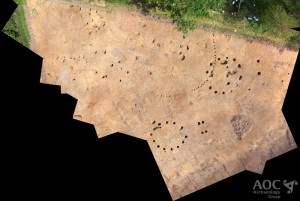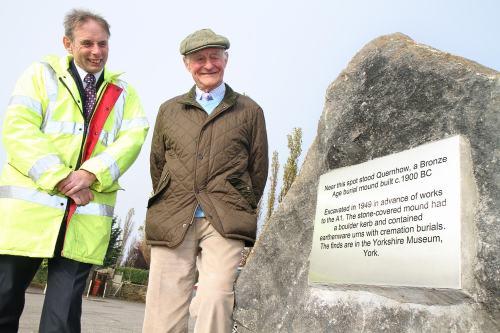The end of the Bronze Age
heralds the gradual decline of Eastern Mediterranean trade networks and
the resulting collapse of major Late Bronze Age cities in the Levantine
coast, Anatolia and the Aegean.
A political collapse
The collapse of Hittite power in Anatolia is believed to be one of the triggers for this transition. However, the nature of the transition remains controversial.In Anatolia there are two competing perspectives; the first is that the transition was largely political with change the result of in-situ cultural transformations; the second scenario revolves around a power vacuum left in the wake of the Hittite collapse that was filled by incoming groups.
The Bronze Age city at Hisarlik – Troy (phases VI, VIIa) – in north-west Turkey, now so closely associated with Homer’s Illiad, was destroyed by conflict about 3200 years ago and straddles this period of collapse, fitting into the new geo-political landscape.
The site known as Troy lies in north-west Turkey and has been studied for decades. Part of these investigations looked at the style of pottery made before the conflict which was recognisably Trojan but after the destruction of the city had changed to a style more typical of the Balkan region.
This difference in style typology led archaeologists to believe that the local people had been forced out and replaced by external populations from the north.
Read the rest of this article...



































